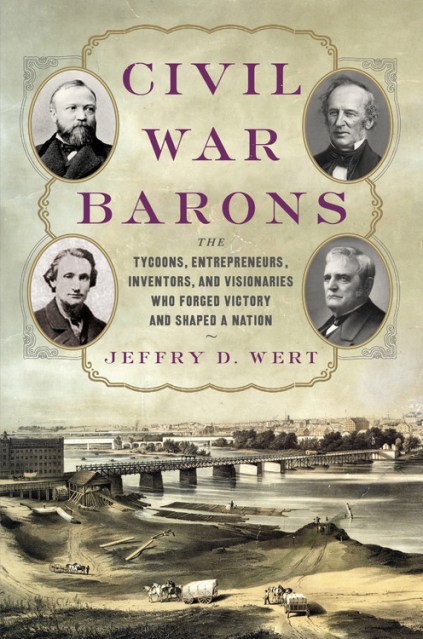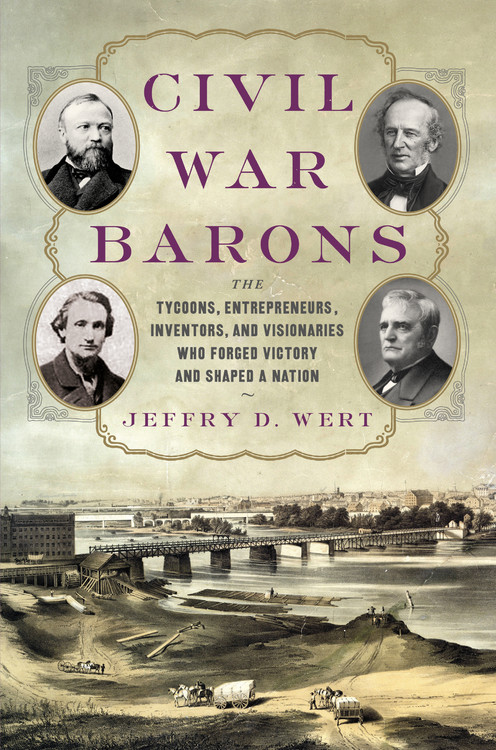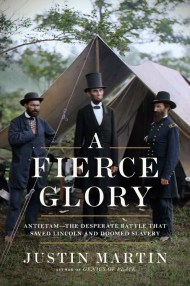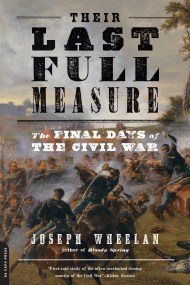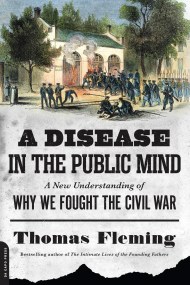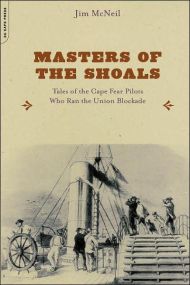Promotion
Use code MOM24 for 20% off site wide + free shipping over $45
Civil War Barons
The Tycoons, Entrepreneurs, Inventors, and Visionaries Who Forged Victory and Shaped a Nation
Contributors
Formats and Prices
Price
$30.00Price
$39.00 CADFormat
Format:
- Hardcover $30.00 $39.00 CAD
- ebook $16.99 $21.99 CAD
This item is a preorder. Your payment method will be charged immediately, and the product is expected to ship on or around November 6, 2018. This date is subject to change due to shipping delays beyond our control.
Also available from:
The Civil War woke a sleeping giant in America, creating unprecedented industrial growth that not only supported the struggle but reshaped the nation.
Energized by the country’s dormant potential and wealth of natural resources, individuals of vision, organizational talent, and capital took advantage of the opportunity that war provided. Their innovations sustained Union troops, affected military strategy and tactics, and made the killing fields even deadlier. Their ranks included men such as:
John Deere, whose plows helped feed large armies
Gail Borden, whose condensed milk nourished the Union army
The Studebaker Brothers, whose wagons moved war supplies from home front to war front
Robert Parrott, whose rifled cannon was deployed on countless battlefields.
and many others.
Individually, these men came to dominate industry and amass great wealth and power; collectively, they helped save the Union and refashion the economic fabric of a nation.
Utilizing extensive research in manuscript collections, company records, and contemporary newspapers, historian Jeffry D. Wert casts a revealing light on the individuals most responsible for bringing the United States into the modern age.
Genre:
- On Sale
- Nov 6, 2018
- Page Count
- 288 pages
- Publisher
- Da Capo Press
- ISBN-13
- 9780306825125
Newsletter Signup
By clicking ‘Sign Up,’ I acknowledge that I have read and agree to Hachette Book Group’s Privacy Policy and Terms of Use
